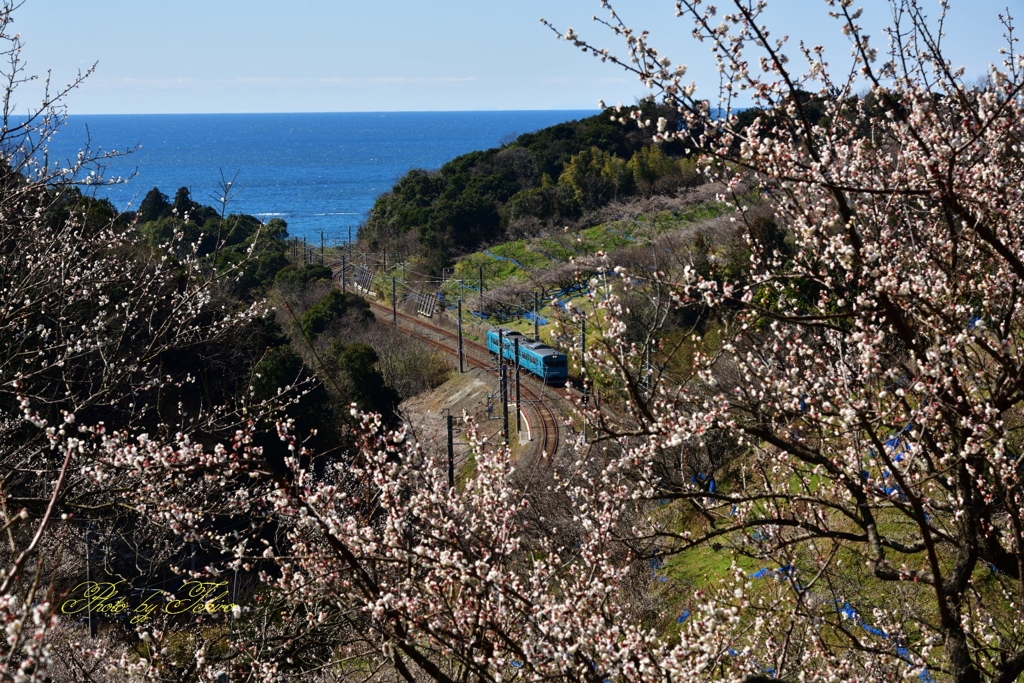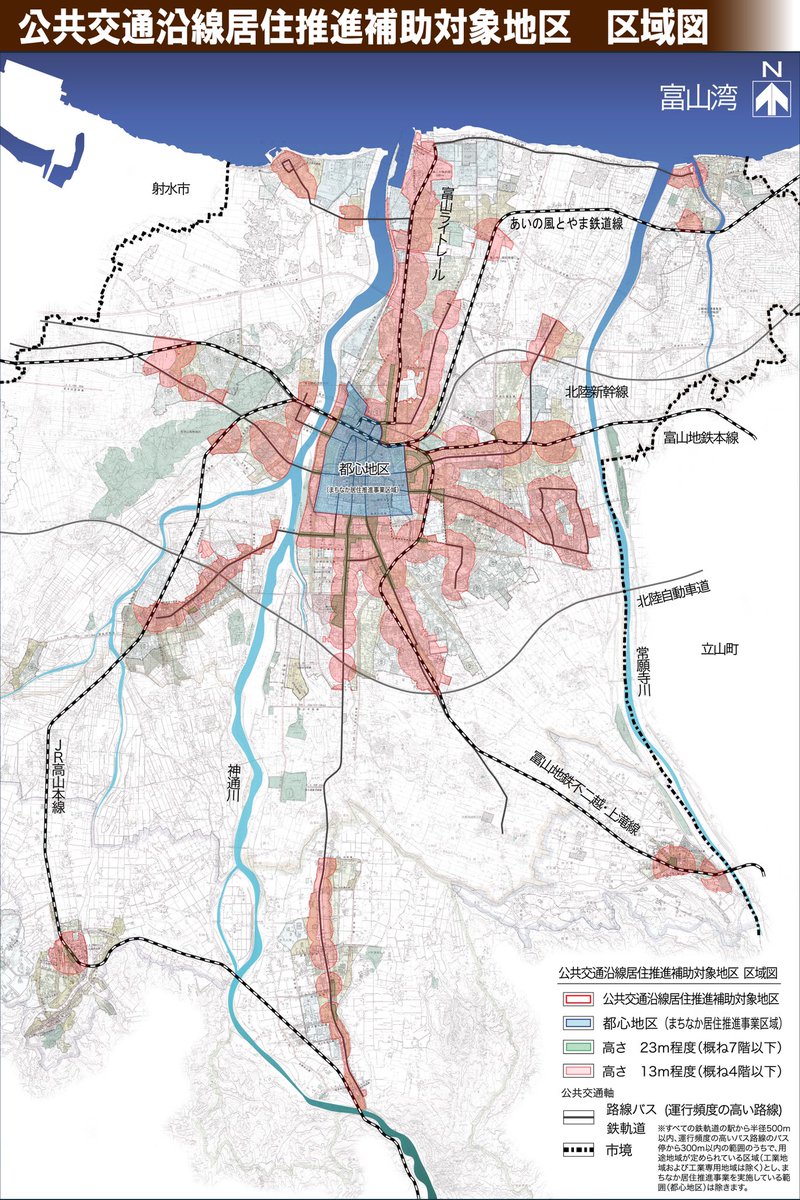
If we are to have any chance for a future we need to start looking at what we have that is sustainable now. The FAO registers Globally Important Agricultural Heritage Systems (GIAHS), for example the Minabe-Tanabe Ume System, Japan: an integrated orchard and water control system. 

The Ume orchards (a sort of hard plum) has been in business for 400 years without the need for technology, pesticides or fertilizers, without erosion. The system integrates the entire area (population 79,000) in a satoyama-satochi system: rice, vegetables, orchards, coppicing. 

The key part of the system are the ume orchards, accounting for 50% of all the processed ume fruits sold in the country. Its productivity is astoundingly 200% of any regular ume orchards in Japan, and this is done by relying on honey bees for pollination. So pesticides are out. 

Ume is always consumed processed, and the production of ume liquor, salted or dried or pickled ume, is very suitable for small scale home industry: the farmers traditionally process the ume themselves, which means a far higher income than regular orchard growers. 



The grasses and weeds growing underneath the ume trees are mown and becomes fertilizer, the 300 honey bee hives thrive on the orchards and are kept in good health throughout the year with almost no human interaction by feeding on trees and flowers outside of the ume season. 

Above the ume, and protecting the mountain ridges from erosion is a 10-year cycle coppicing system (which also minimizes damages from deer). The coppiced oak is turned on the spot into high quality charcoal in great demand from as far as high class Tokyo restaurants. More income. 

Beneath the coppicing and orchards are ponds, storing water for the little land the area have that is suitable for rice paddies and vegetable gardens, meaning that the population of the area is more or less self sustainable in basic food items. 

The whole thing is tied together in a profitable local tourism industry. In early Spring the orchards especially draw a lot of tourists come to see the spectacular blooming, and they arrive by regular commuter train: no need for the thousands of parking lots otherwise necessary. 







The unique thing about this system is that it has been refined over many centuries, but most places on Earth once had a similarly integrated agricultural system of some kind. It is vital that we have as many of these up and running as possible, while the lights are still on. 

• • •
Missing some Tweet in this thread? You can try to
force a refresh






























